

Ben Zachariah
2026 LDV Deliver 9 campervan released with sharp pricing
2 Hours Ago

News Editor
The last Holden Commodore to ever roll off the production line in Elizabeth, South Australia was an SS-V Redline V8 with a six-speed manual transmission.
It may have been the last Aussie V8 sedan, but it wasn’t the last one from General Motors. The VF II Commodore wasn’t even the swansong for big V8 sedans with manual transmissions.
GM has confirmed its latest generation of high-performance Cadillac sedans will wear the Blackwing name – and they’ll be available with manual transmissions as an option, as rivals shun them for quick-shifting automatics.

One of them is also expected to use a V8 engine. Unfortunately, neither are likely to come here.
General Motors came agonisingly close to bringing Cadillac to Australia. Invites to a CTS media launch were sent out in 2009 and a batch of cars actually made it off the boat in New Zealand, but the Global Financial Crisis killed the plans at the last minute.
Cadillac has since remained a forbidden fruit for Australian buyers. Even with Holden gone, there’s no talk of bringing the brand Down Under.
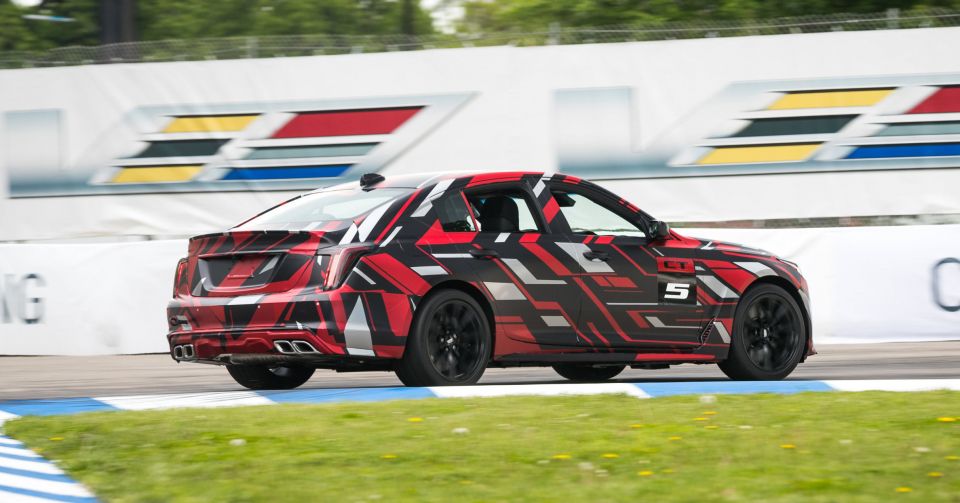
Despite the use of the Blackwing name, the upcoming CT4-V Blackwing (above) and CT5-V Blackwing (lead photo) reportedly won’t use the Blackwing engine.
According to a report from Cadillac Society, they’re instead expected to carry over the engines used by the outgoing ATS-V and CTS-V.
The CT4 indirectly replaces the BMW 3 Series-rivalling ATS. Though it uses an updated version of its Alpha architecture and is almost identical in size, it’s been repositioned as a rival for the Audi A3 and Mercedes-Benz CLA.
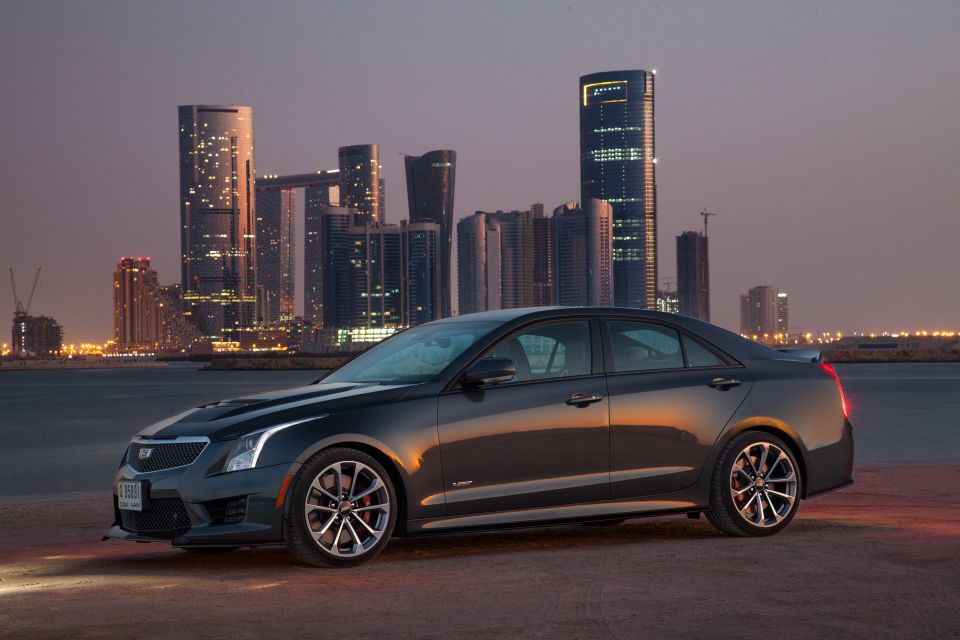
The rear-wheel drive ATS-V (above) used a twin-turbocharged 3.6-litre V6 engine producing 346kW and 603Nm, mated to either a six-speed manual or eight-speed automatic transmission.
The CT5 also uses an updated version of the Alpha platform that underpinned the outgoing CTS, a rival for the BMW 5 Series. Though the wheelbase has actually been stretched 35mm, the CT5 is priced against the BMW 3 Series.
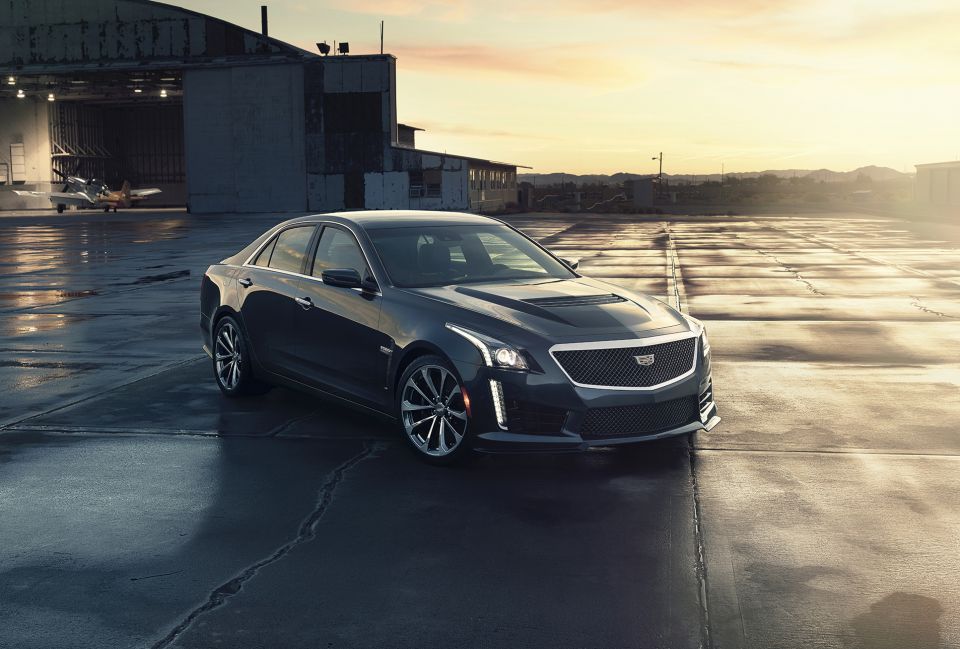
All three generations of CTS-V used a big, pushrod Chevrolet V8.
Under the bonnet of the final CTS-V (above) was a 6.2-litre supercharged V8 engine producing 477kW and 854Nm, mated exclusively to an eight-speed automatic transmission.
If the Blackwing models do carry over the last-generation V engines, they’ll still represent a huge jump in power from the regular CT4-V and CT5-V.

The CT4-V uses a turbocharged 2.7-litre four-cylinder engine with 242kW and 515Nm, while the CT5-V uses a twin-turbocharged 3.0-litre V6 with 268kW and 549Nm.
Both use a ten-speed automatic transmission but offer a choice of rear- or all-wheel-drive. Almost all V-Series Cadillacs have been RWD-only.

Cadillac promises the CT4-V Blackwing and CT5-V Blackwing will be track-capable and feature unique chassis tuning.
Though the Blackwings promise to be as powerful and engaging to drive as the old ATS-V and CTS-V, it’s unfortunate the Blackwing V8 engine is no more.
Debuting in the 2019 CT6-V and CT6 Platinum, the Cadillac-exclusive, twin-turbocharged 4.2-litre V8 produced 373kW and 778Nm in Platinum trim and 410kW and 868Nm in the V.
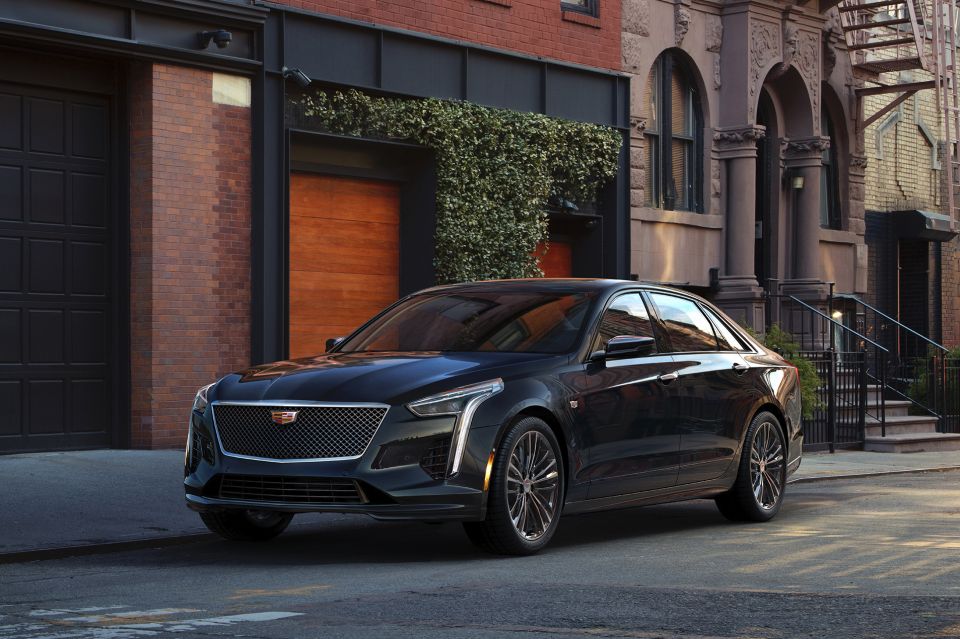
According to Cadillac Society, just under 1500 CT6-V and CT6 Platinum models were produced.
Though the CT6 continues to be produced in China, the end of North American production earlier this year signed the engine’s death warrant.
The CT6 used its own unique, mixed-material architecture named Omega. That meant the 7 Series-sized CT6 was lighter in base trim than the 5 Series-sized CTS beneath it.

Unfortunately, it appears the Blackwing engine can’t be easily adapted for the CT4 and CT5’s Alpha architecture.
GM has recently changed its Cadillac V-Series strategy.
In 2014, it introduced the V-Sport name for versions of the CTS and XTS sedans with twin-turbocharged V6 engines that were more powerful than regular models but not as extreme as the V-Series cars.
Cars that would have been called V-Sport are now called V-Series, cashing in on the cachet the name has generated since its inception in 2004.
This change started with the CT6-V, which was initially announced as the CT6 V-Sport.
Where expert car reviews meet expert car buying – CarExpert gives you trusted advice, personalised service and real savings on your next new car.
William Stopford is an automotive journalist with a passion for mainstream cars, automotive history and overseas auto markets.


Ben Zachariah
2 Hours Ago
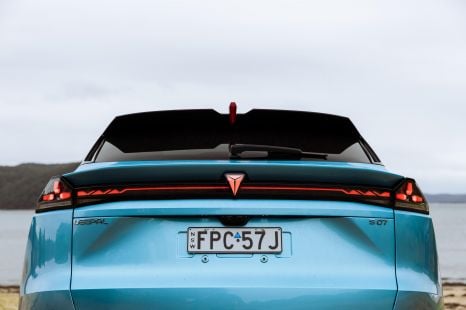

William Stopford
4 Hours Ago
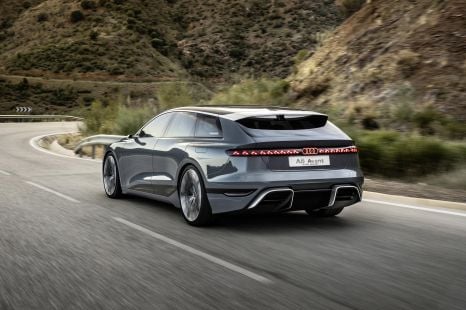

Derek Fung
4 Hours Ago


Alborz Fallah
4 Hours Ago


William Stopford
11 Hours Ago


William Stopford
19 Hours Ago